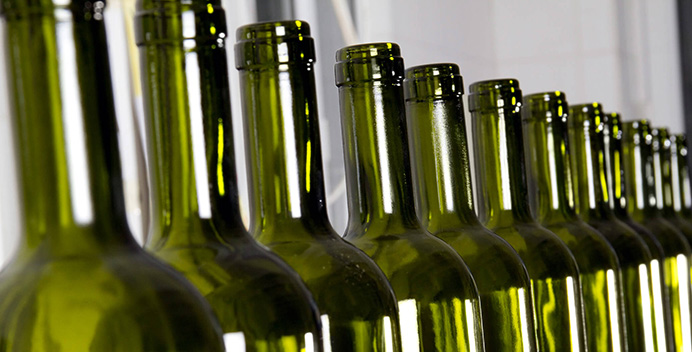| Sales range | 1990 | 2000 | 2010 | 2020 | 2021(P) | Change 1990/ 2021(P) |
|---|---|---|---|---|---|---|
| Up to $10 Million | 2,691 | 1,569 | 785 | 515 | 502 | -81.3% |
| $10 Million to $25 Million | 535 | 551 | 411 | 340 | 333 | -37.8% |
| $25 Million to $50 Million | 208 | 221 | 228 | 228 | 227 | 9.1% |
| $50 Million to $100 Million | 68 | 108 | 152 | 172 | 173 | 154.4% |
| Over $100 Million | 21 | 52 | 98 | 146 | 151 | 619.0% |
| TOTAL | 3,523 | 2,501 | 1,674 | 1,401 | 1,386 | -60.7% |
| Change by decade | -29.0% | -33.1% | -16.3% |

Struggles in the beverage alcohol industry turn to green shoots in 2024
Industry expertise Struggles in the beverage alcohol industry turn to green shoots in 2024
Coming off a challenging 2023, beverage alcohol companies can look to the most recent trends to find clues to where the industry is heading next.
Coming off a challenging 2023, beverage alcohol companies can look to the most recent trends to find clues to where the industry is heading next.

Pouring it on: M&A activity picks up in the beverage space
Industry expertise Pouring it on: M&A activity picks up in the beverage space
Changing consumer tastes, spiking demand, and distribution shifts combined with plentiful capital and high valuations have led to a record number of deals in the beverage industry.
Changing consumer tastes, spiking demand, and distribution shifts combined with plentiful capital and high valuations have led to a record number of deals in the beverage industry.

3 Trends In Food And Beverage That Are Here To Stay
Industry expertise 3 trends in food and beverage that are here to stay
Consumers embrace novel tastes and premium products
After years of rapid change, the trends that will define the food and beverage industries going forward are coming into focus.

